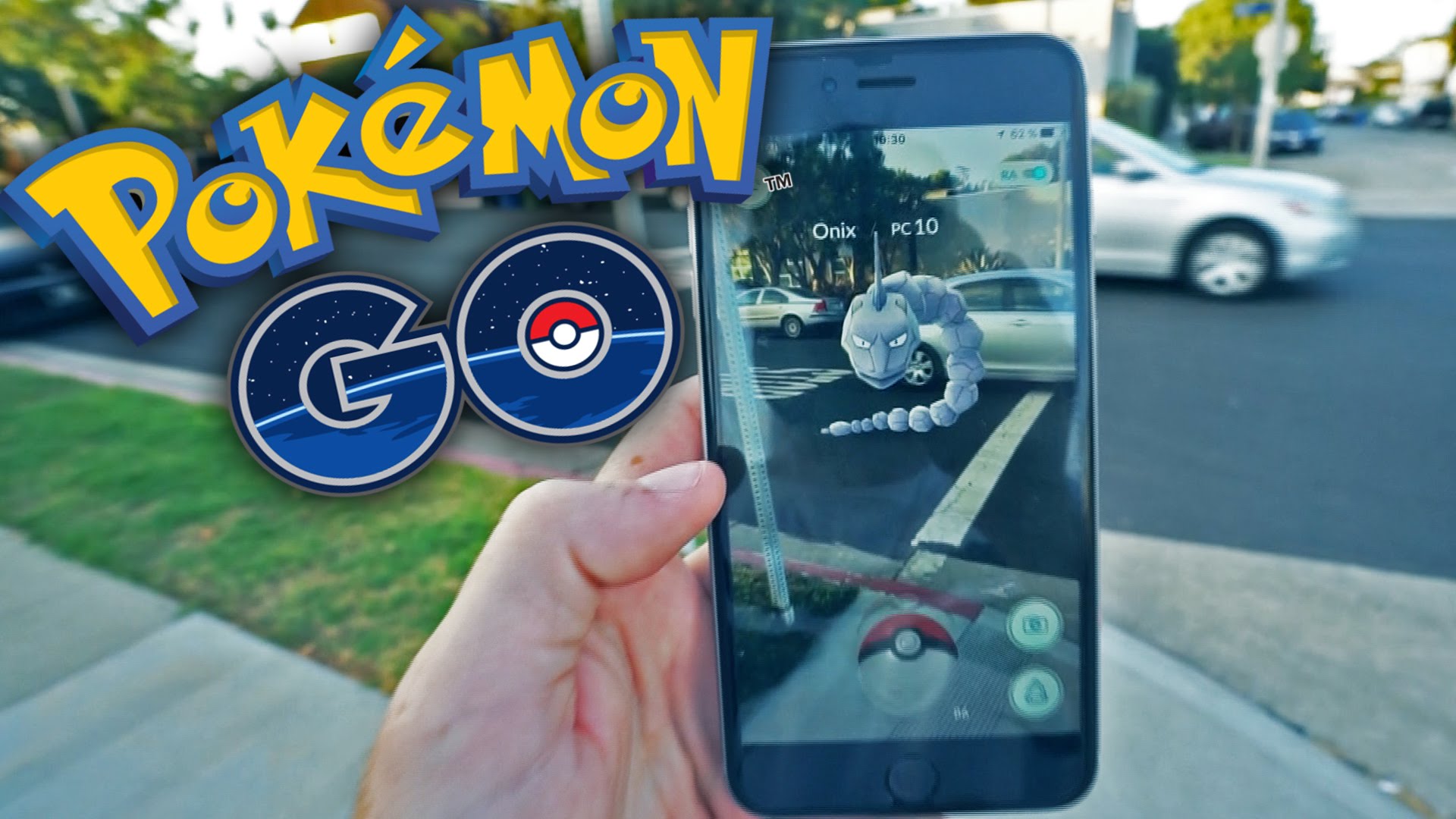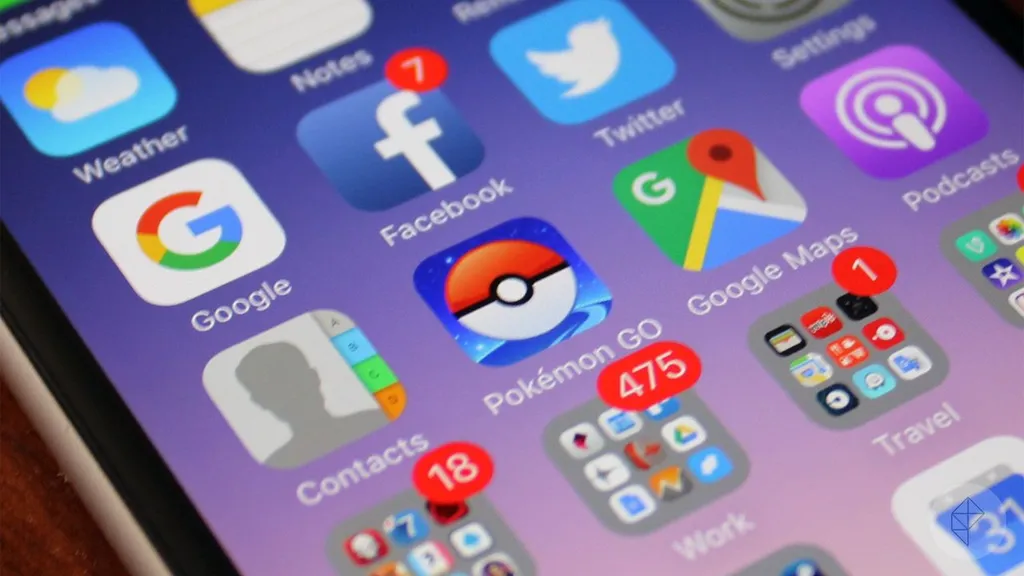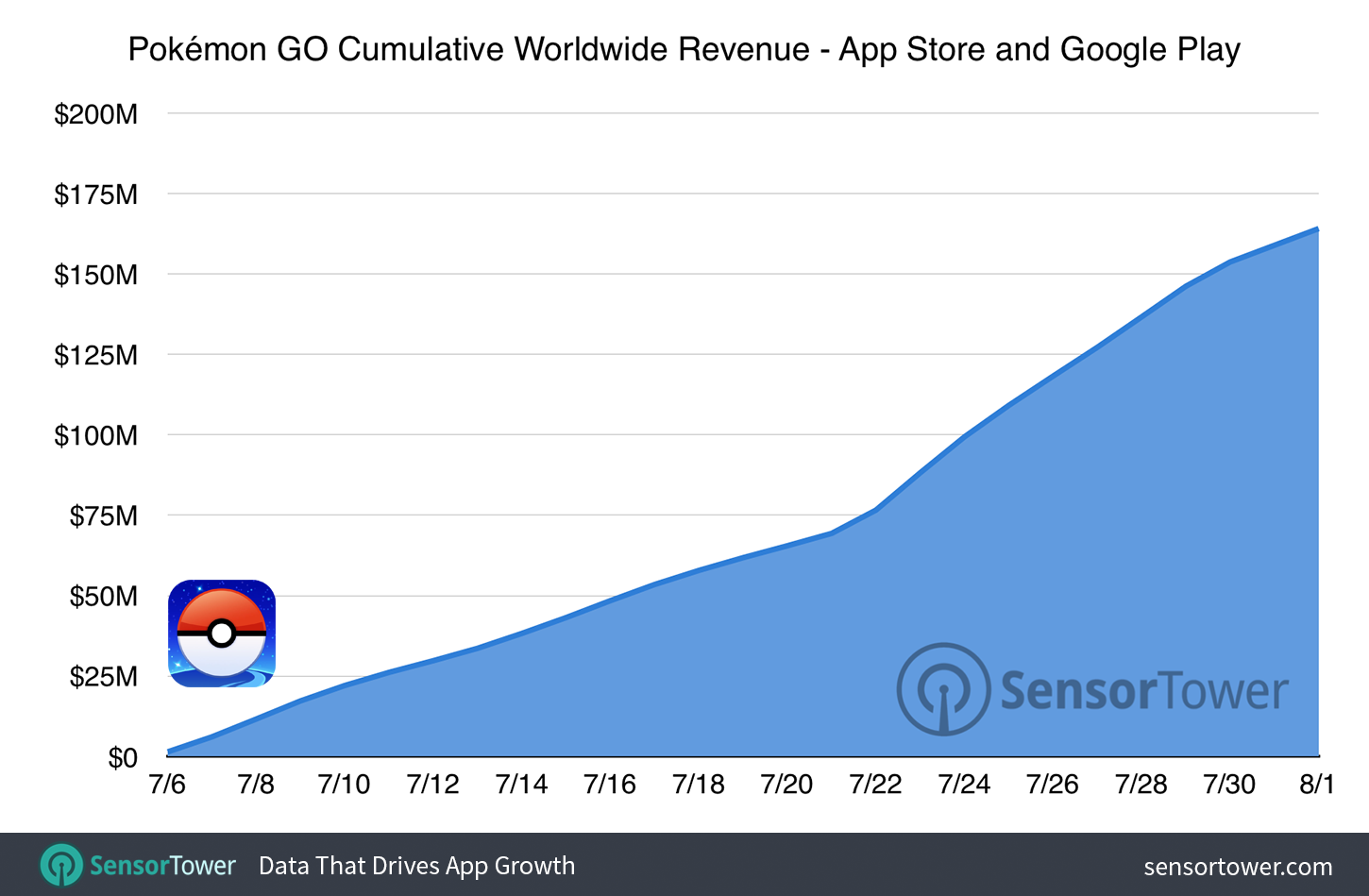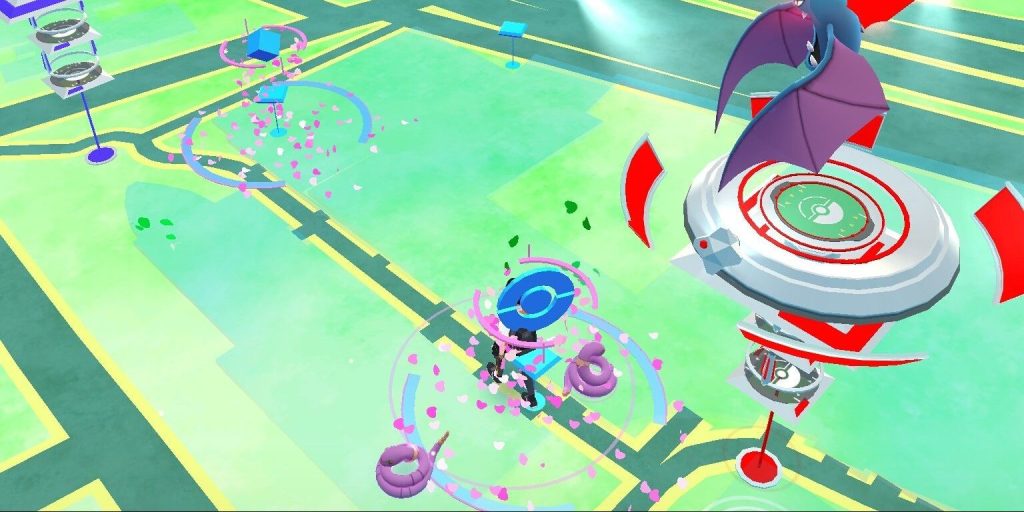Pokemon GO might be the most globally recognized game to come out in years. Whether you hate it, love it, or are just plain tired of it, it’s become ubiquitous with pop culture and social media. Back during its launch window, we reported on some of the ways it was quickly changing the way businesses and people interact. Since then, new startups have been formed in its wake and debates are swirling about what it even means to be an AR game — all because of those pesky little pocket monsters.
But let’s not belabor the point any further; everyone already knows about Pokemon GO. It surpassed the classification of “global phenomenon” around the same time it surpassed Twitter in daily active users. What a time to be alive.
And that success has sustained itself for the most part, at least so far it has. According to Sensor Tower, across both iOS and Google Play, Pokemon GO has generated $160 million in net revenue. Keep in mind too that the game is still not available in many major markets and only just recently released in some regions, such as Japan, with many more parts of the world still to come.
As pointed out by SurveyMonkey though, the hype train isn’t rolling at full-force any longer. A week after the game launched it appeared to reach its peak users, which has been tapering off ever since. Downloads peaked on the first day and the search results online have been slowly declining since launch as well.
Naturally, once the game releases in more territories, there will be big boosts in numbers of users, but the trend isn’t a good one. It shows that people are downloading the game out of pure hype and social obedience, but they aren’t sticking around for very long. And it appears that’s for a lot of different reasons.
For starters, there are a lot of issues with the game’s design right now. Social features like chatting, trading, and battling are still not present in the game — although trading is reportedly on the roadmap. On top of that, there was a major bug with the game’s tracking system that made it unclear how far away Pokemon were. Following that bug, Niantic actually removed the footprint tracking system altogether, rendering the core of the game’s design broken.
The entire thrust of the game was to get people outside, engaging with one another, and hunting Pokemon. The tracking system is what enabled that. By removing it, all you can do is blindly walk around and wait at lures for Pokemon to appear randomly. The hunting and exploration aspect, which is commonly accepted as the most interesting part of the game, is now gone. Niantic’s response to the concerns is as follows:
“We have removed the ‘3-step’ display in order to improve upon the underlying design. The original feature, although enjoyed by many, was also confusing and did not meet our underlying product goals. We will keep you posted as we strive to improve this feature.”
Users had developed a way to circumvent some of those issues through the use of third-party applications like Pokevision. However, Niantic has subsequently disabled those other services from working. The creator of Pokevision, Yang Liu, issued an open letter to Niantic and John Hanke, imploring them that the application was designed out of love and support, not with an intent to hinder the game’s design.
If you look at the comments of the August 1st update, or any other recent posting on the official Facebook page for the game, you’ll see any number of comments from players either complaining about the game’s numerous issues, or complaining that it isn’t available yet.
But the issues don’t stop there. First, the Pokemon Plus peripheral was delayed until September. Then, the iOS version of the game doesn’t even have a battery saver option any longer, but they’ve once again promised the feature is returning soon. Many players are resorting to GPS spoofs and bots to cheat the game — which is clearly not the intended way of playing — but it feels like Niantic is punishing all players for the actions of a small group.

Recent updates also made Pokemon much more difficult to catch, which not only results in more time spent swiping your phone, but potentially more money spent on microtransaction items. It doesn’t feel like the most consumer-friendly design decision to artificially inflate the time needed to perform fundamental tasks within the game.
Clearly Niantic is aware of the unhappiness players are expressing and have stated that fixes are underway, but it’s starting to feel like Pokemania may have peaked earlier than most people expected. The excitement and interest for AR is clearly there, at least when tied to a popular IP like Pokemon, but the execution is still lacking.
Personally, I haven’t played Pokemon GO for than a minute or two in almost two weeks.
To echo my thoughts from my initial pre-release preview of the game: “Pokemon GO is a great idea with some really strong foundational concepts that it can easily build upon, but I’m worried that some of the underlying mechanics will hold it back from being as successful as it has the potential to be.”
Update: A recent blog post by Niantic outlines many of the issues they’re facing with regards to ironing out bugs and keeping the game updated.
—
Featured Image: Polygon




























